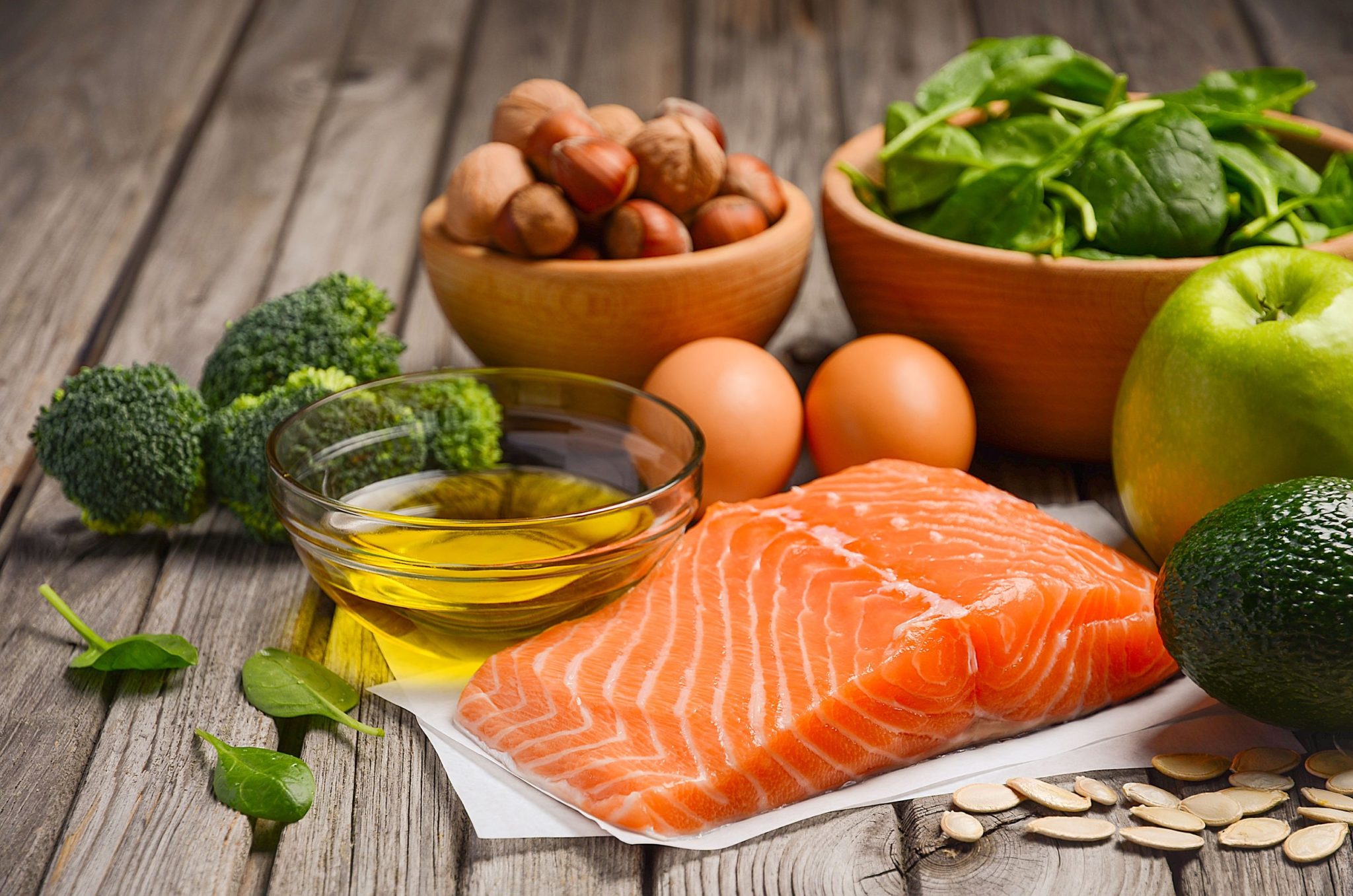Atkins & Ketogenic Diet. Choosing the right diet for LONG-TERM weight loss.
With spring just around the corner, and plenty of media hype around cutting carbs right now, it’s time to consider – and compare – two of the highest profile eating plans: the Atkins Nutritional Approach and the ketogenic diet.
While both programs advocate restricting carbohydrate intake and focusing on consumption of natural fats and lean sources of protein to encourage the body to burn fat for fuel rather than carbohydrates – a state of ketosis – the ketogenic approach is especially restrictive and tough to maintain in the long-term.
The Atkins approach however, presents a more sustainable strategy for low-carb living and ongoing weight management.
“Carbohydrates are a key culprit for causing mood swings and drastic changes in energy levels – leading to 3pm sweet treat cravings and unhealthy snacking.
Restricting their intake, particularly the intake of refined or highly processed carbohydrates such as packet cereals, white bread and pasta, high-sugar fruits and starchy vegetables, is a sensible strategy both for weight loss and long-term metabolic health,” explained Colette Heimowitz, Vice President of Nutrition and Education at Atkins Nutritionals.
“A typical Ketogenic diet advises getting up to 75 per cent of your daily calories from fat, less than 10 per cent from carbohydrates, and the rest from protein.
While the Atkins plan encourages a similar low-carb eating strategy in the initial kick-start phase, it’s much more varied and flexible in the long-term, encouraging low-carb living not as a quick fix, but as a lifestyle change,” Colette added.
The Ketogenic Diet: The Lowdown
The ketogenic diet has no phases but requires followers to sustain their low-carb, high-fat, eating regime until they reach their goal weight, with no defined maintenance program after that.
The ketogenic diet forbids legumes, root vegetables and most fruits, as well as refined carbohydrates. It often leads to rapid weight loss at the beginning.
With so many foods forbidden, the ketogenic diet is especially tough to sustain for the long term.
The Atkins Nutritional Approach: The Lowdown
As another low-carb plan, the Atkins approach operates in four phases:
- Induction – which restricts most carbs with the exception of lots of colorful vegetables, promotes eating protein at every meal and three servings of added fat per day and typically lasts around a fortnight;
- Phase two (balancing) – which increases the daily carb allowance and adds nuts, seeds , soft cheeses as well as Greek Yogurt, and low glycemic fruits such as berries to the allowable foods;
- Phases three and four (reaching goal and maintenance) – focus on maintaining your goal weight and re-introducing a wider variety of fruit, whole grains, and starchy vegetables.
By emphasising the consumption of real food and eliminating refined carbohydrates, participants cut out plenty of empty calories and added sugar.
According to Colette, one of the key differences between the ketogenic diet and the Atkins Approach is the fact the Atkins helps followers transition through its phases to provide a long-term sustainable eating plan which promotes weight management through the consumption of real foods that won’t leave people hungry.
“In many ways Atkins 20 was the original keto diet and has evolved over the years to offer personalization and a more sustainable way of eating to suit each person’s needs and weight management goals,” says Colette.
The Atkins Approach – A Lifetime Of Healthy Eating
By choosing a diet plan that encourages eating readily available whole foods, such as fish, poultry, lean meats, colourful vegetables, low-sugar fruits such as berries, Greek Yogurt, and wholegrains, Colette believes followers find it easier to stay on track.
“It’s important to stay fortified with meals that are satisfying, and easy to prepare, so you’ll be less likely to crave sugary snacks, or blow it all at the burger bar when it gets too tough.”
Although there are definite similarities between the ketogenic and Atkins plans, Colette believes Atkins’ flexibility and prospect for personalisation makes it a more sustainable strategy for most people looking to sustain long-term weight management.
Ketogenic vs Atkins – Key Differences
| Standard Ketogenic Diet | Atkins Nutritional Approach |
| Converts metabolism to burn fat for energy rather than glucose | During the induction phase, converts metabolism to burn fat for energy rather than glucose |
| Followers stay in a state of ketosis for the long-term (so long as they keep following the plan) | Followers stay in a state of ketosis until they are close to, or at their goal weight, before adding ‘good’ carbohydrates back into their diet in moderate amounts |
| The diet continues to burn fat for fuel so long as carbohydrate intake remains severely restricted | In later phases, as limited carbohydrates are reintroduced and dietary fat is reduced, the metabolism burns both carbohydrates and fat for energy |
| Carbohydrate intake must remain severely restricted for the duration of the diet | The diet can be adapted according to the individual by finding the amount of carbs that can be consumed whilst still maintaining goal weight. ‘Empty’ carbohydrates are discouraged for the long-term |
| · low variety of food options · difficult to adapt for different individuals · extremely strict | · increasingly wide variety of food options as followers move through phases · can be adapted depending on individual’s carbohydrate tolerance · initially strict but becomes more flexible as individual progresses |
| · 75 – 90% of calories from fat · 5 – 20% of calories from protein · <5% of calories from carbohydrates | · 40 – 60% of calories from fat depending on stage/goals · 20 – 30% of calories from protein depending on stage/goals · 5 – 30% of calories from carbohydrates depending on stage/goals |






